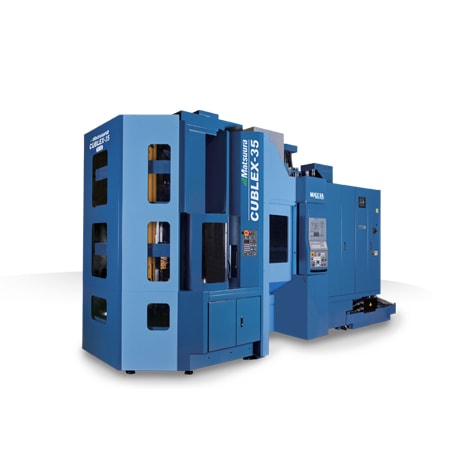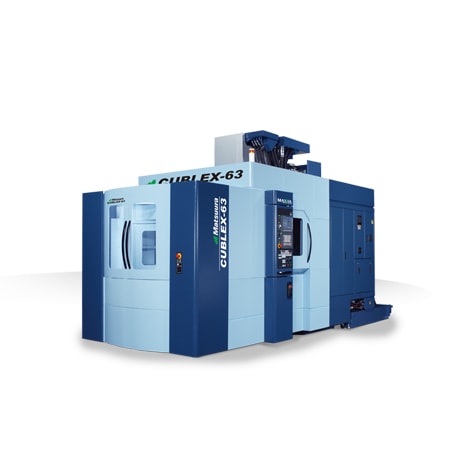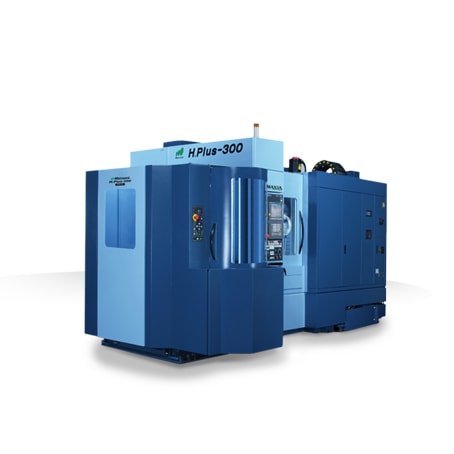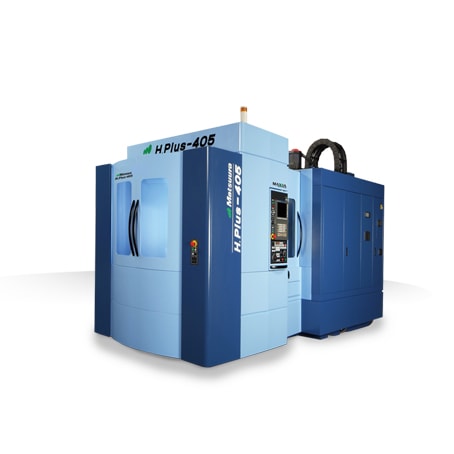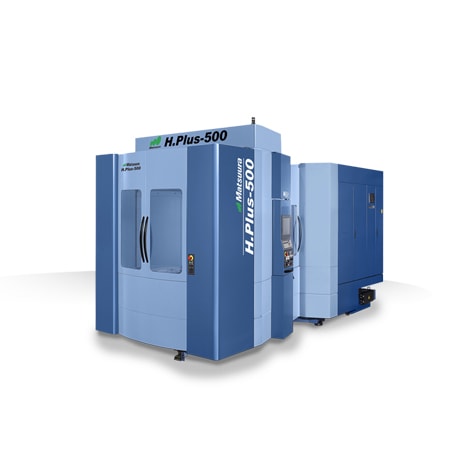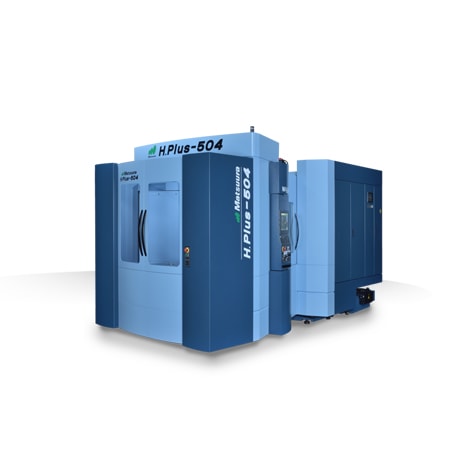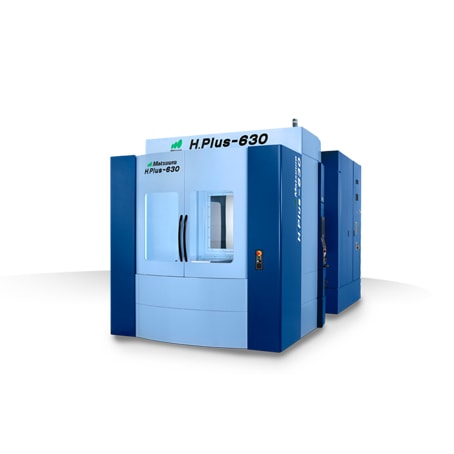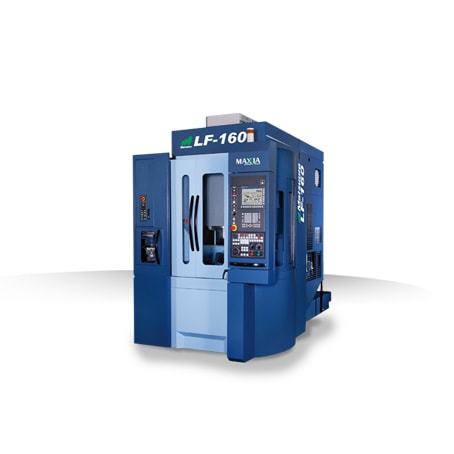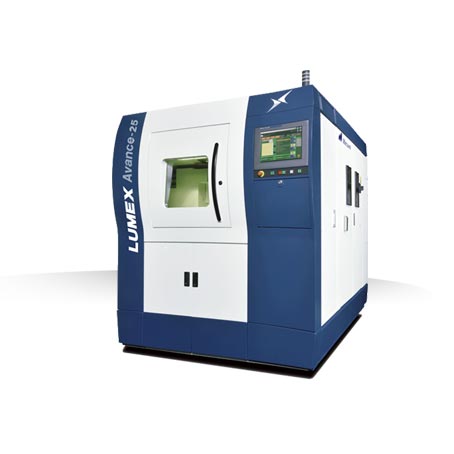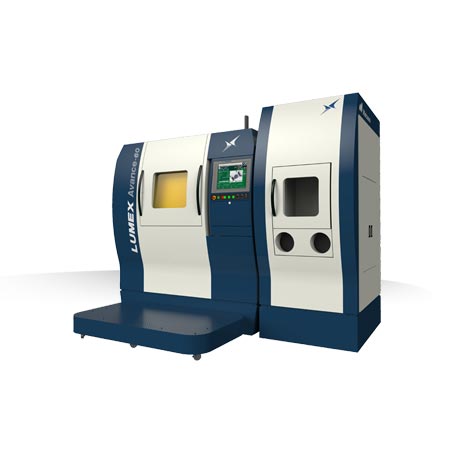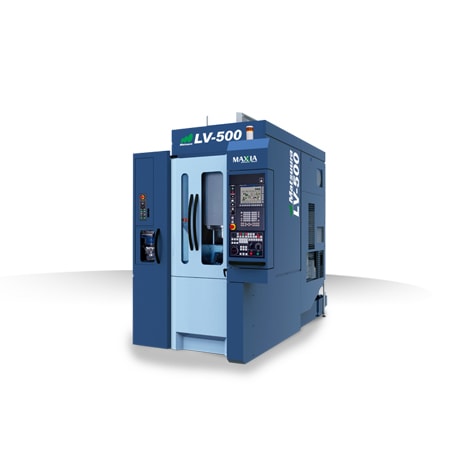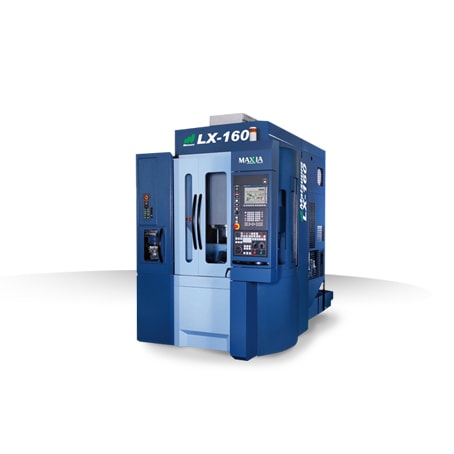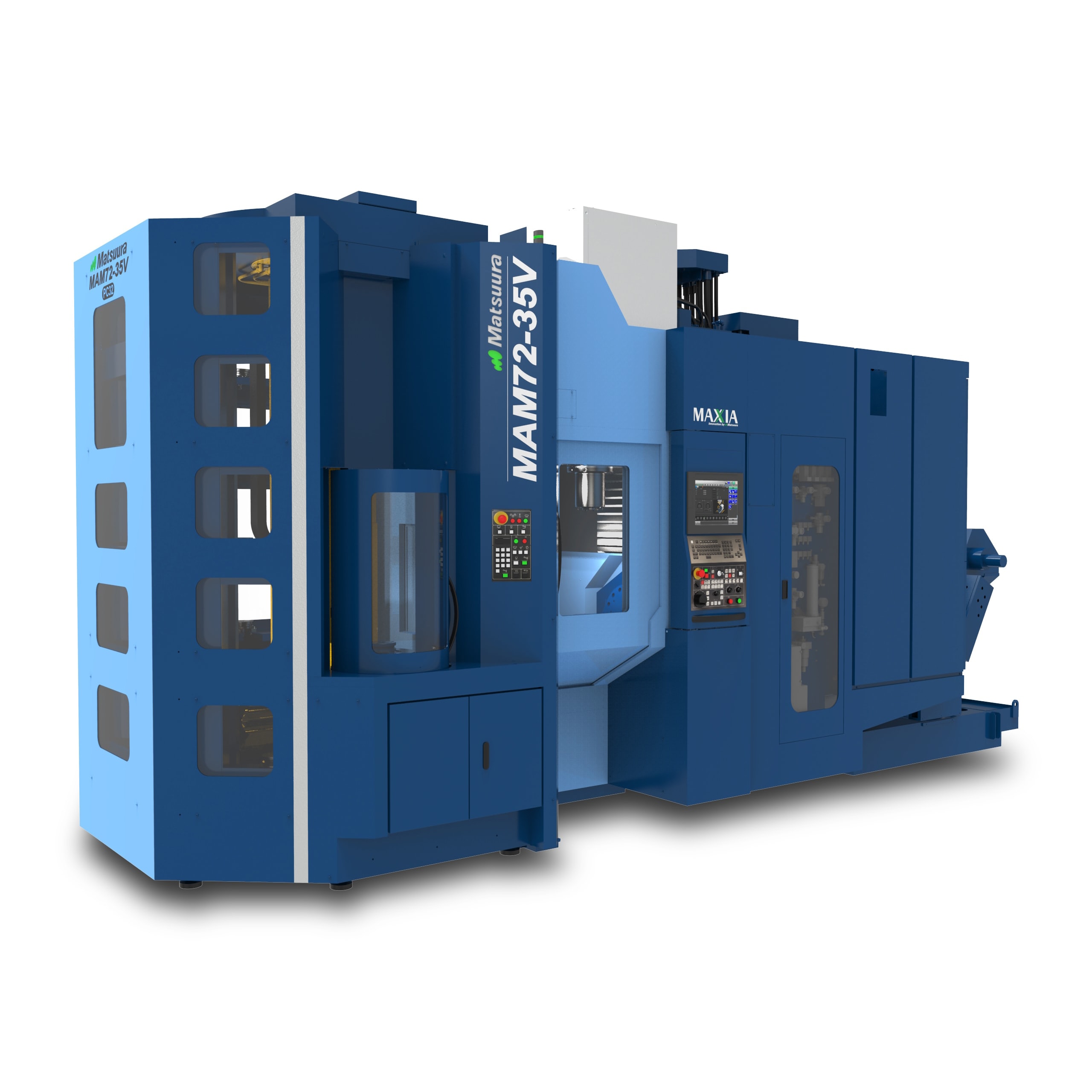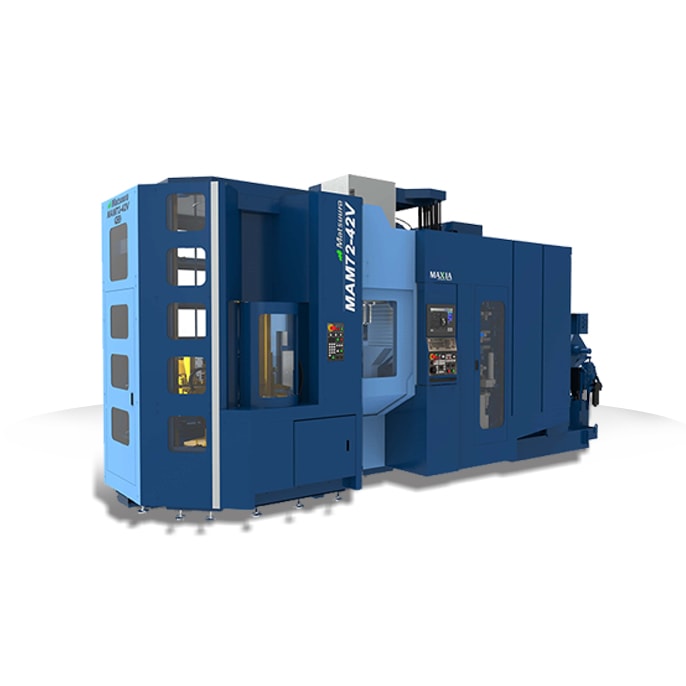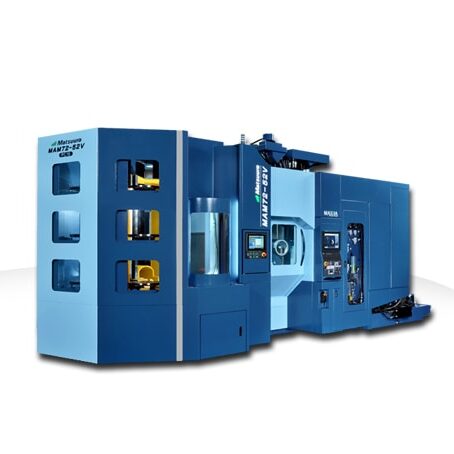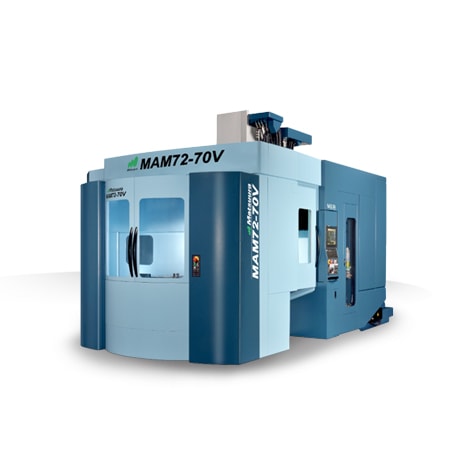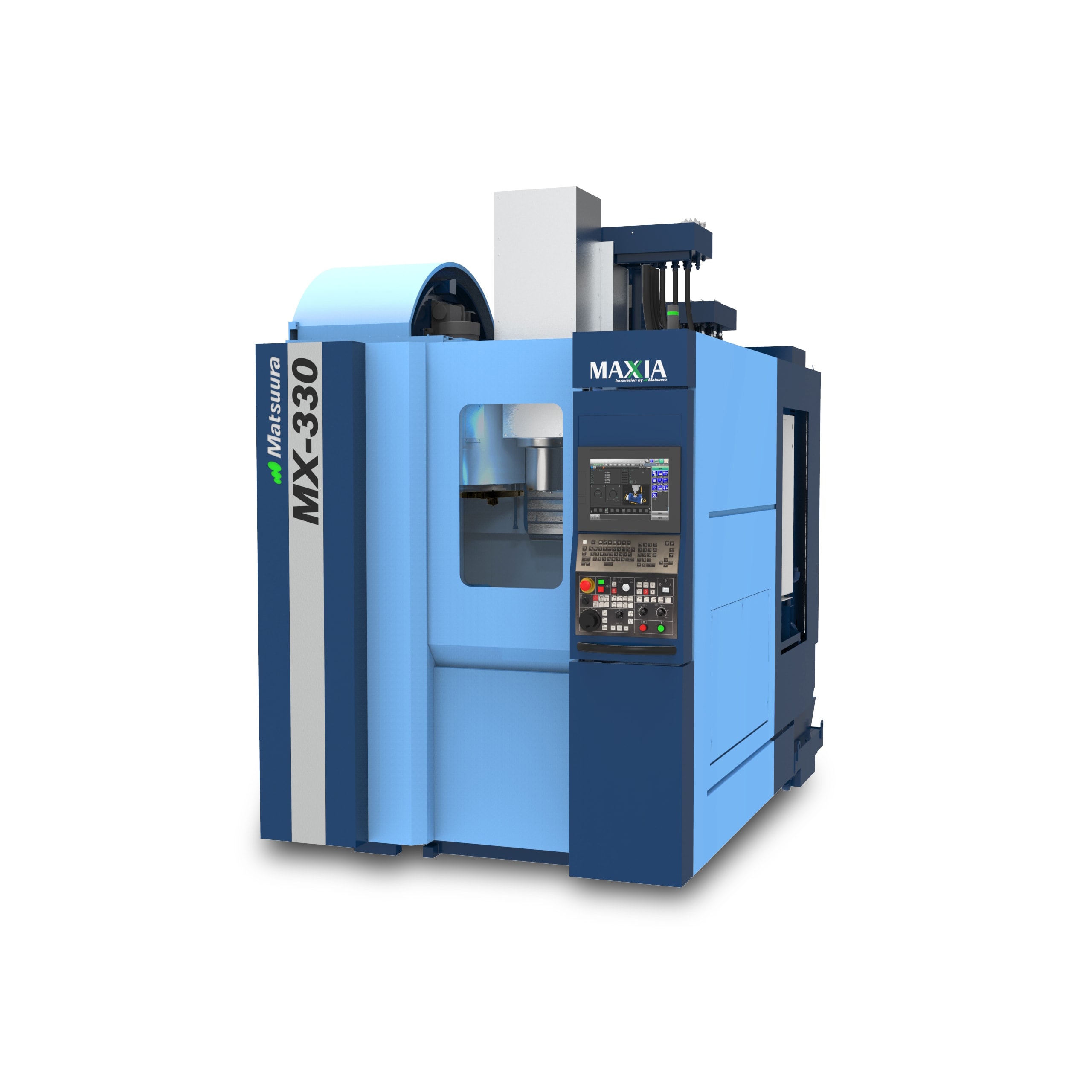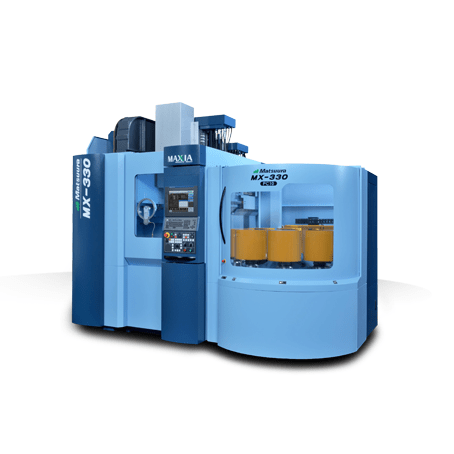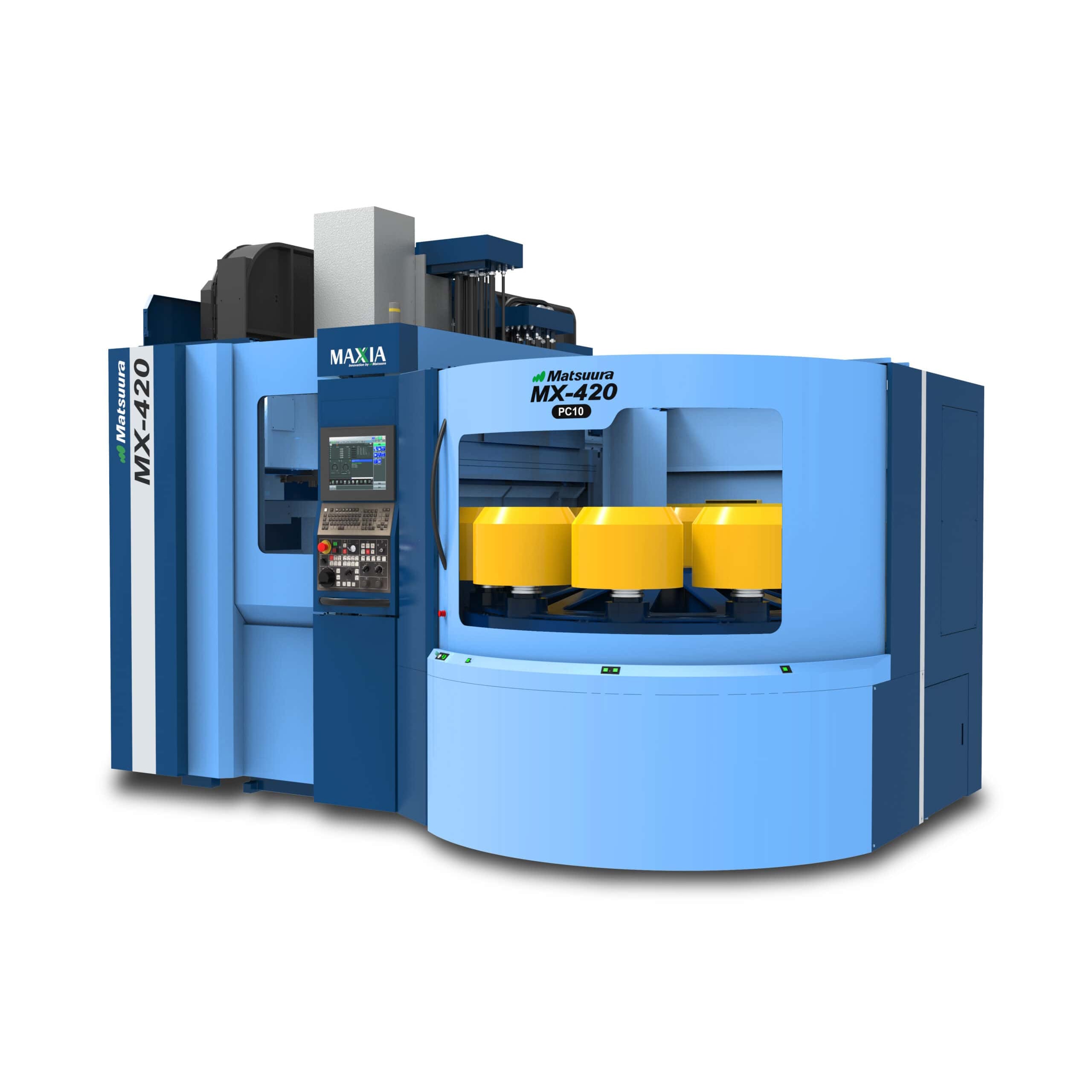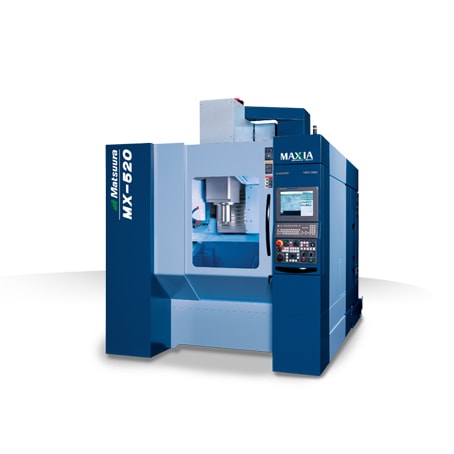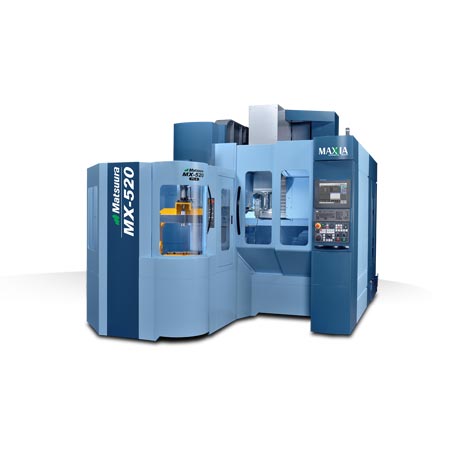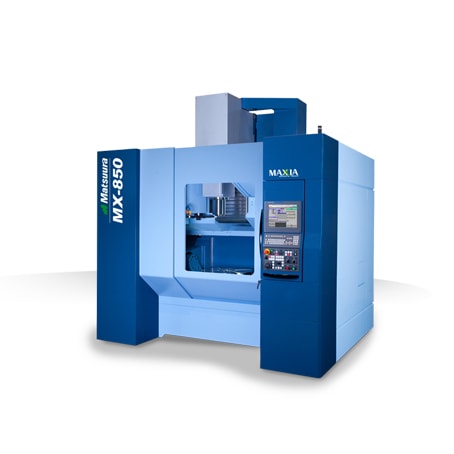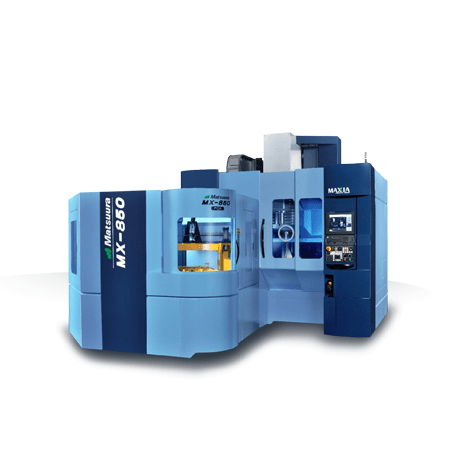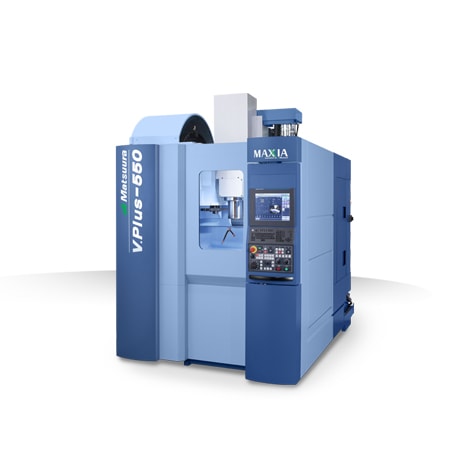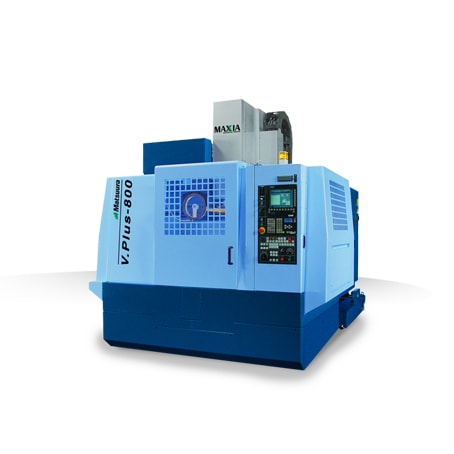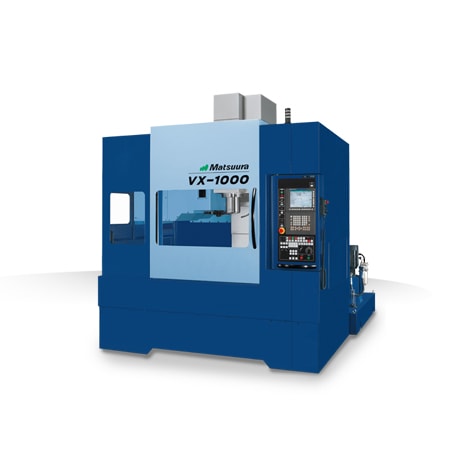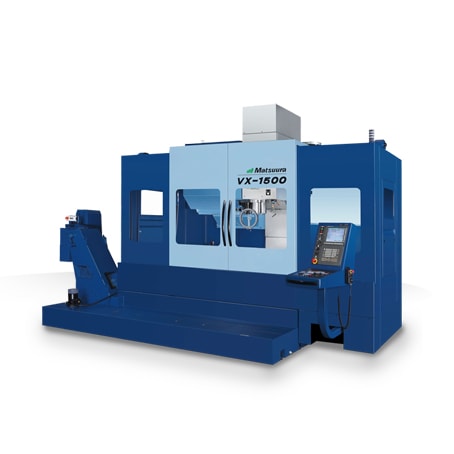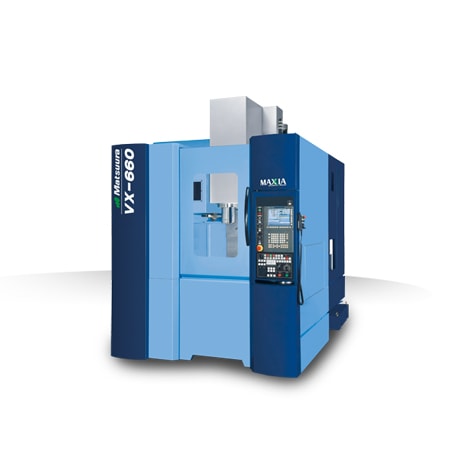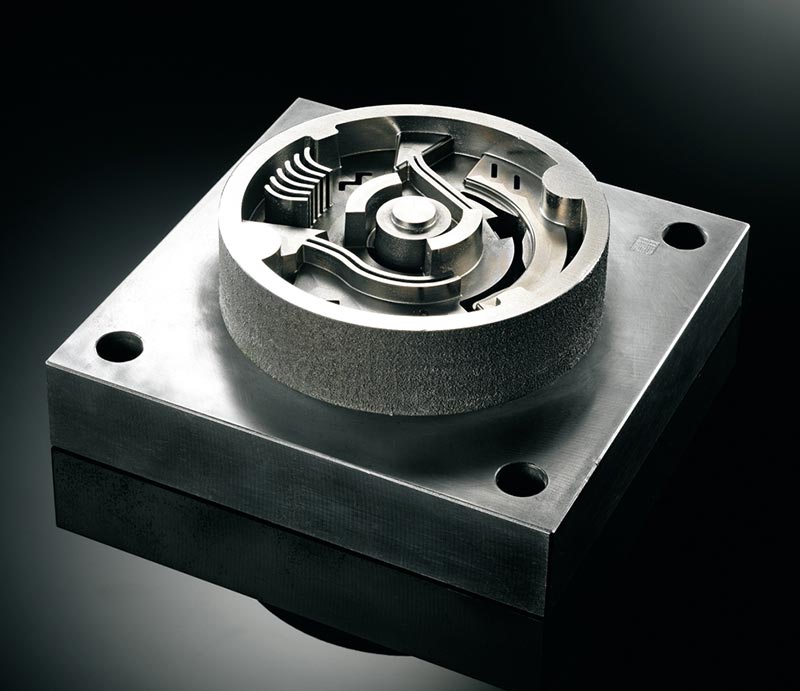 St. Paul, MN (November 28, 2017) —— (Michael Petch, 3D Printing Industry) 3D Printing Industry is taking an in depth look at how additive manufacturing is moving to production.
St. Paul, MN (November 28, 2017) —— (Michael Petch, 3D Printing Industry) 3D Printing Industry is taking an in depth look at how additive manufacturing is moving to production.
Duann Scott, additive manufacturing strategist at Autodesk, is an expert in 3D printing and its rise in the manufacturing industry.
3D Printing Industry: Do you have an estimate of the addressable market for AM in production?
Duann Scott: The AM production market today is still in its infancy. Only in the last year have we started to see the kind of machine sales with an order of 70 industrial SLM machines going to a single customer in Asia. Companies like Additive Industries are producing “lights out” production systems, while many other major existing hardware companies are introducing “automation workflows” into their industrial additive systems.
We are only just starting to see the materials giants like BASF, Covestro, Arconic and Heraeus really start to make serious moves in the AM space and of course with GE investing heavily in hardware, materials and software the foundation is being laid for massive growth.
Past machines were developed primarily around prototyping, so the industry has understandably been focused on this. As the new volume machines such as HP’s MultiJet Fusion and Desktop Metal’s Production System enter the market, we see potential for major shift in what the addressable market really is. If these new machines can execute at the speeds they are projecting, combined with the bulk volume material prices enabled by the large material companies entering the market, the potential for growth is exponential.
3DPI: Which industries or verticals are leading in the use of AM for production?
DS: AM production is currently best used for things that are small, complex and customized. For this reason we see massive traction in the dental market for both metal with implants, and polymers for aligners. There are currently over 15 million 3D printed hearing aids that have been custom made and manufactured for each customer.
As you scale up, we start to manufacture things that are small and complex, but not custom. Less sexy – but just as important – is when additive manufacturing is used to produce the things that make the things. For example, since 2009 Michelin Tires has printed over 1 million metal parts to construct tire molds. While we may not see this held up as a case study, but the volume of the molds that is so transformative to the market that they developed their own machine to optimize and address the market.
As previously stated, this small, complex and customized sweet spot is due to the economics of machines and materials that were conceived and developed for prototyping and/or short runs. Now that we are seeing hardware and materials aimed at faster throughput, we expect to see many more verticals become economical that are larger, lower value, and less custom.
3DPI: What barriers does AM face for production and how are these surmountable?
DS: One of the biggest barriers to the adoption of additive manufacturing is education and experience. Designers and engineers need to know what the technologies are capable of, how to choose what design problems to approach with additive, and how to optimize the design for a specific machine or material combination. Using generative design, software can guide engineers to rethink their design for additive manufacturing, simulate tools to predict part performance and build process, and use topology optimization tools to modify existing parts for AM production. However, we also need Design for additive manufacturing (DfAM) education.
In a part to part comparison of additive manufacturing to traditional manufacturing, additive will most often lose out. But, if we are to compare a traditional assembly, to a single, consolidated additive part, the results are very different. The compression of the supply chain can be massive: from tens of suppliers down to one; and from multiple processes, machining, welding and mechanical fastening (each with its own tolerances) into one additive process.
Another major barrier is the initial investment in hardware and associated infrastructure. This can be mitigated by outsourcing additive manufacturing production to a service bureau until you build a solid business case to bring the technology in-house. In this way, companies can have a better understanding of where additive makes sense in their supply chain, and that their engineers will have greater confidence that they can realize the full potential of a given system.
3DPI: Can you name any specific case studies where AM is used for end use production?
DS: As above, from dental and medical, to aerospace and automotive, we are seeing new case studies emerge at an increasing frequency, some of the most interesting are not quite public but we can see the direction they are heading. Xjet’s Nanoparticle Jetting ceramic is being used to make drill bits with thousands of cooling micro-channels to distribute cooling lubricant to the cutting edge, increasing the lifespan of the drill and the diversity of materials it can be used with. Arconic’s development of the Ampliforge process – combined with their recent agreement to install 3D printed Titanium parts in commercial aircrafts – could be industry-changing I’m excited about the new and interesting examples that will come to light in 2018.
Matsuura has manufactured the LUMEX Series for more than ten years and it is now offered in North America with sales and technical support provided by Matsuura Machinery USA, Inc.
The Matsuura LUMEX Series, a powder bed metal AM platform with subtractive capability. The Matsuura LUMEX Series combines selective laser sintering (SLS) along with high speed milling (HSM) commonly called Hybrid AM.
“Matsuura’s cutting-edge technology is a transformative in today’s world of 3D Metal Additive Manufacturing. With our combination of best-in-class CNC Milling and high speed Direct Laser Melting, Matsuura has fundamentally revolutionized the AM marketplace,” said Tom Houle, Director, LUMEX, NA, Matsuura Machinery USA, Inc.
Matsuura’s unique combination of technology platforms enables the production of parts and component geometries in a method that has never been possible nor imagined.
“Often referred to as a “one machine, one process” cutting solution, the Matsuura LUMEX Series permits production of the most complex and challenging parts through total manufacturing by digital engineering using 3D data,” Houle said.
“This process produces remarkable accuracy as metal powders are melted and sintered via laser while surfaces are precisely milled at high speeds. The Matsuura LUMEX Series possesses both high-speed milling plus laser sintering capability. Engineers are free to conceive innovative ideas and revolutionizing conventional manufacturing,” Houle added.
Matsuura Machinery USA, Inc.’s LUMEX Laboratory and demonstration facility within the existing corporate headquarters in St. Paul, MN is complete and has begun installing Matsuura LUMEX Avance machines. The facility joins the three other LUMEX Centers of Excellence locations in Japan, Germany and the UK.
The Matsuura LUMEX Avance-25 metal laser sintering hybrid milling machine relies on one-machine, one-process manufacturing of complex molds and parts by fusing metal laser sintering (3D SLS) technology with high speed milling technology. The machine enables production of complicated parts through total manufacturing by digital engineering, using 3D data.
The Matsuura LUMEX Avance-25 is capable of processing parts up to 256 mm x 256 mm x 185 mm with an option allowing processing of 256 mm × 256 mm × 300 mm. The Matsuura LUMEX Avance-25 serves predominantly the high value, high accuracy mold and die market. Dies and molds with very complex geometries can be fabricated in one piece with high accuracy, shortening lead time and reducing manufacturing costs to a half or even a third of conventional methods.
The Matsuura LUMEX Avance-25 achieves the highest accuracy in part fabrication since metal powders are melted and sintered via laser, while surfaces are precisely milled at high speeds. 3D cooling channels can be incorporated into molds in the single setup, thereby increasing cooling efficiency and enabling high-cycle injection molding with better than ever quality and precision, reducing costs and improving efficiency.
Differentiated original parts production with internal structures, thus far considered impossible, are feasible on the Matsuura LUMEX Avance-25. The Matsuura LUMEX metal laser sintering hybrid milling machine is capable of quick turn production of custom parts, whether prototypes or small production run parts.
“Rising interest in the Matsuura LUMEX products from aerospace and automobile industries searching for a machine capable of creating larger, high value-added parts prompted Matsuura to develop the Matsuura LUMEX Avance-60,” Houle explained.
The Matsuura LUMEX Avance-60 can process parts up to 600 mm x 600 mm x 500 mm. The machine is also outfitted with a high power 1kW fiber laser that significantly reduces sintering time.
The Matsuura LUMEX Avance-60 provides an increased speed of powder distribution to the table top surface along with a fully integrated automatic powder supply, collection and recycle system. Metal powder materials are distributed automatically into the sintering chamber without operator contact, eliminating powder dispersion in the work area and preserving a safe environment. Unused powder is automatically collected, sieved and recycled.
“Learn more about the Matsuura LUMEX Series and engage your imagination in what you can achieve,” Houle added.
Matsuura Machinery USA, Inc., located in St. Paul, MN is the U.S. subsidiary of Matsuura Machinery Corporation in Japan. Since 1935, Matsuura has delivered unmatched excellence in high speed and high precision CNC machine tools. From full 5-axis, vertical, horizontal, linear motor or multi-tasking CNC machine tools, Matsuura has been the forerunner in designing innovative technology and manufacturing solutions to a variety of industries around the globe. Matsuura Machinery USA, Inc. provides the service, applications, and technical field support that have always been the Matsuura standard for business.
For more information on the Matsuura LUMEX, please contact: [email protected] or visit: www.matsuurausa.com.
